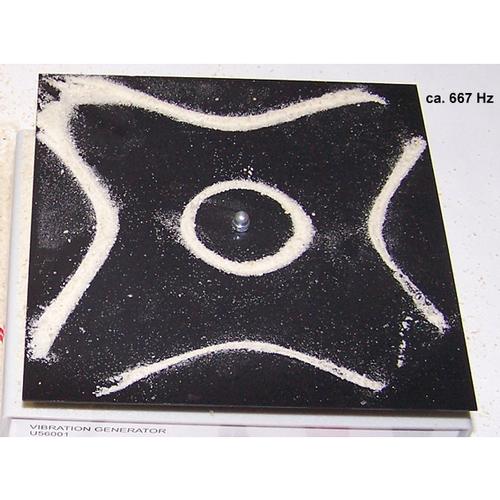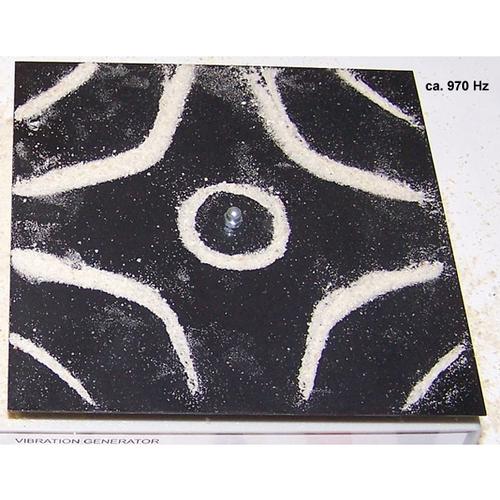

These naturally formed shapes are often the results of long-term external stimuli, which are time-varying and spatially nonlinear ( 1, 2). For example, multidirectional wind regimes create pyramid-shaped dunes ( 1), and actions of water produce arches and bridges of rock ( 2). In nature, variations of wind and water flow can gradually form ordered structures and complex shapes, some of which are recognizable. The method allows programmable formation of shapes beyond the intrinsic limits of periodic patterning of the plate. We applied our method to a centrally actuated vibrating plate, also known as a Chladni plate, and assembled up to a hundred submillimeter particles into complex recognizable shapes. Our assembly method predicts, controls, and monitors the vibration-induced particle motion to iteratively minimize the difference between the desired shape and the actual particle distribution. In this study, we introduce a method that applies time-varying and spatially nonlinear vibration fields to assemble particles into a desired two-dimensional shape. However, methods directing the assembly process by controlling time-varying external stimuli instead of attaining the lowest-energy state remain largely unexplored. In contrast, most artificial methods of externally directed assembly rely on field- or template-based energy minimization. In this simulation, we will explore the results of the experiment with regards to the square plate, as it provides a wide range of distinct pattern.In nature, simple building units can be assembled into complex shapes through long-term time-varying external stimuli that are often spatially nonlinear. This simulation aims to provide a visualization of the experiment, and replicate its results computationally. Chladni theorized his studies and formulated equations to describe the motion of the vibrating surfaces, and understanding the spread of sound waves within solids. Further, using different materials and different plate shapes, lead to different patterns and different standing waves.


When the plate was driven at different frequencies, different patterns would form. And, thus this enabled him to visualize the standing waves on the surface of the plate, that would otherwise not be visible to the naked eye.

By observing the position of the sand particles, Chladni was able to determine the positions of the nodes and anti-nodes on the surface. As the metal began to vibrate, it formed standing waves on its surface, which drove the sand particles to form characteristic patterns. In his experiment, Chladni excited a metal plate by running a violin bow along the side of the plate, and used sand particles to visualize the standing wave produced. His most well-known experiment, however, is the 2D resonance experiment that now holds his name, Chladni’s plates or Chladni’s figures. Ernst Chladni is a German physicist and musician, who heavily contributed to the field of acoustics.


 0 kommentar(er)
0 kommentar(er)
